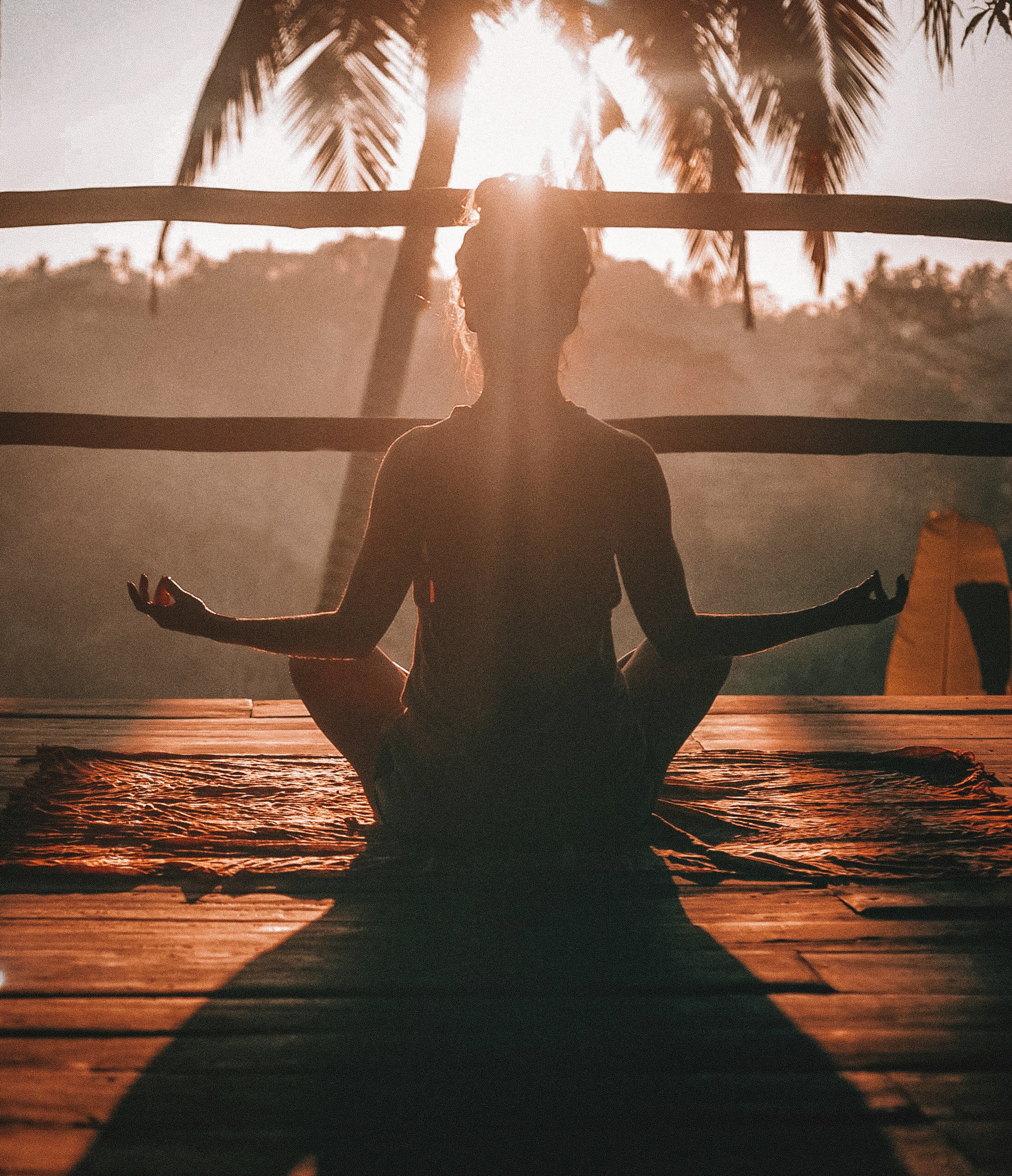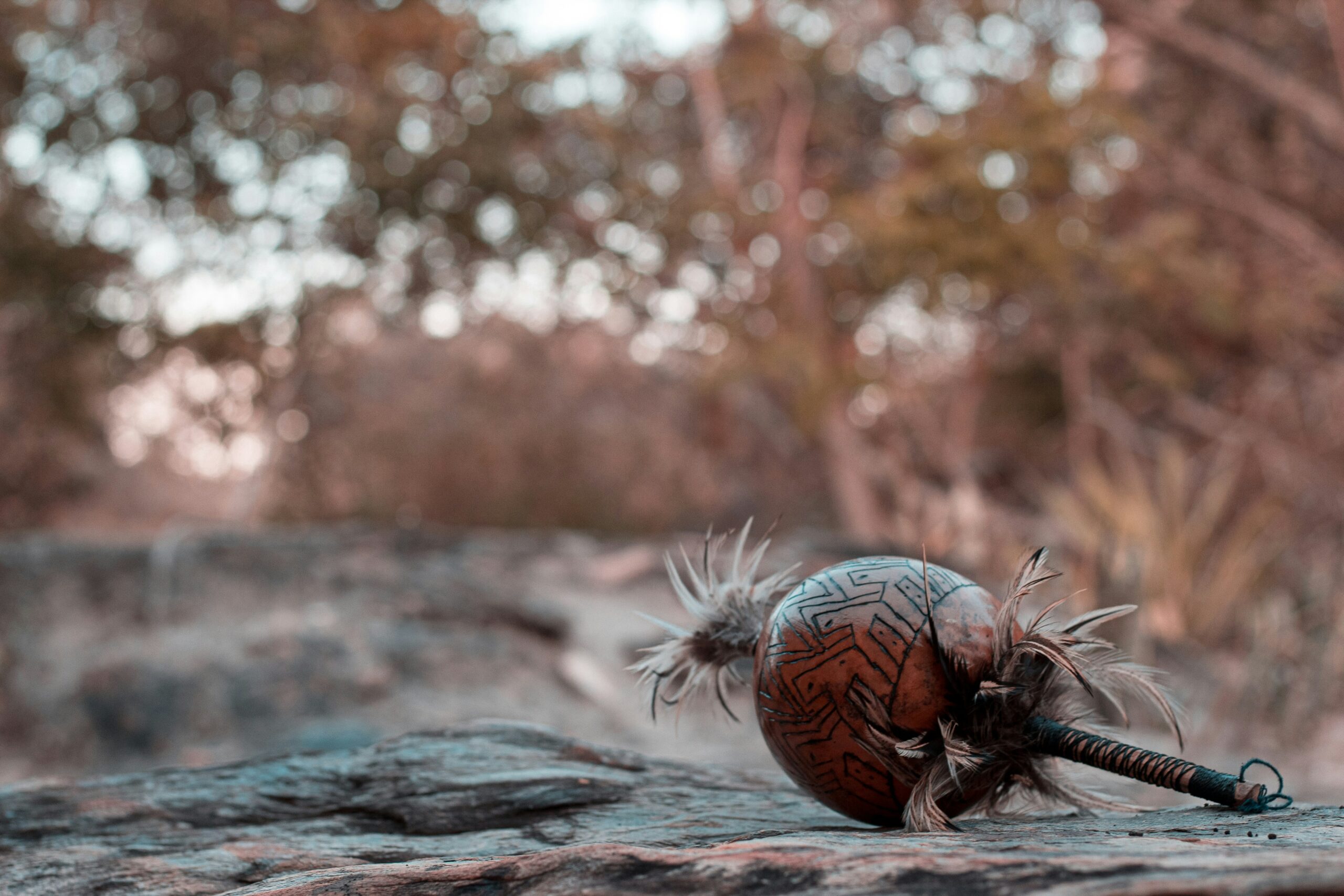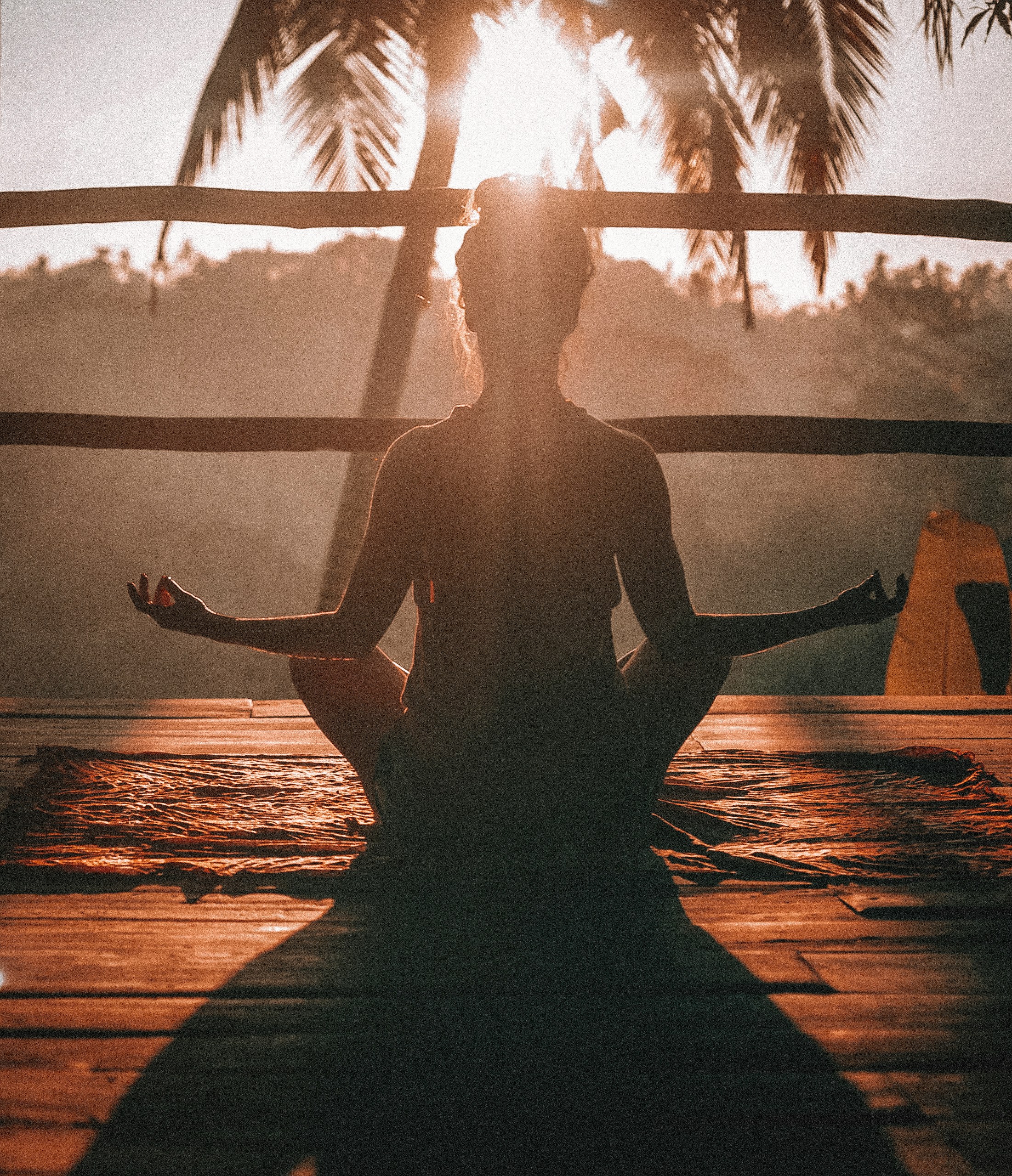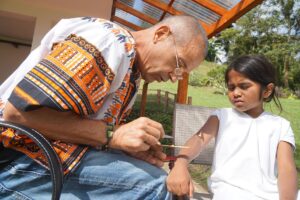
Introduction to Ayahuasca and Its Healing Properties
Ayahuasca is a powerful plant-based brew that originates from the Amazon Basin, traditionally used by indigenous tribes for ceremonial and medicinal purposes. The brew is primarily made from the Banisteriopsis caapi vine and the Psychotria viridis leaf, which together contain two critical chemicals: dimethyltryptamine (DMT) and monoamine oxidase inhibitors (MAOIs). The presence of DMT is significant because it is a potent psychedelic compound known for its mind-altering effects. The MAOIs, on the other hand, inhibit the breakdown of DMT in the digestive system, allowing for a prolonged and intense psychedelic experience. This synergy is fundamental to the healing properties attributed to ayahuasca.
In traditional Amazonian culture, ayahuasca is revered as a sacred medicine, often referred to as “la medicina.” Shamans, or healers, guide participants through ceremonies, harnessing the tea’s transformative effects to facilitate spiritual and emotional healing. Participants typically engage in introspection, confront deep-seated fears, and encounter spiritual revelations during their experiences. The brew is celebrated not merely for its hallucinatory effects but also for its profound potential to foster insight into personal traumas and mental health issues.
In recent years, there has been a notable resurgence of interest in ayahuasca within Western contexts, driven largely by its reputed therapeutic benefits. Researchers and mental health practitioners are exploring its capacity to aid those grappling with addiction, trauma, anxiety, and depressive disorders. In this climate, ayahuasca retreats have become increasingly popular, attracting individuals seeking alternative healing methods. While the scientific community continues to study its effects, many who have participated in ayahuasca ceremonies report transformative experiences that enhance their emotional well-being and mental clarity. As such, ayahuasca continues to be a subject of significant interest and discussion among spiritual seekers and mental health professionals alike.
The Setting of the Retreat: Immersed in Nature
Nestled within the lush greenery of the Colombian jungle, the ayahuasca retreat offers an environment that is both serene and invigorating. The retreat’s location plays a pivotal role in the overall experience, as it allows participants to disconnect from the chaos of daily life and immerse themselves in nature’s tranquility. The physical setting is designed to foster a sense of community and introspection, essential elements for those embarking on this transformative journey.
Accommodations at the retreat typically consist of eco-friendly lodgings that harmonize with the surrounding landscape. Constructed using natural materials, these cabins provide comfort while ensuring minimal disruption to the environment. Participants are encouraged to engage with the beautiful flora and fauna that envelops the area, enhancing their connection to nature and promoting mindfulness.
The communal spaces are thoughtfully designed, encouraging interaction among participants. Gathering areas for group discussions and shared meals foster a sense of belonging, which is vital for building trust within the group. Such interactions often contribute to profound insights and healing experiences, creating an atmosphere of support and understanding as individuals share their journeys and reflections.
Central to the retreat experience are the ceremonial areas, where the ayahuasca rituals occur. These spaces are sacred and are often adorned with traditional symbols and elements that reflect the wisdom of indigenous cultures. The respectful ambiance is cultivated by trained facilitators who prioritize safety and spiritual guidance, ensuring that participants feel secure as they navigate their personal journeys. Importantly, the integration of cultural respect and ethical practices reinforces the authenticity of the retreat, helping safeguard the transformative experience that ayahuasca is known to foster.
The Ceremony: Guided by a Qualified Shaman
The ayahuasca ceremony is a profound event, merging intricate rituals with the collective intent of participants seeking healing and spiritual awakening. At the heart of it lies the qualified shaman, an experienced guide, whose role is essential in navigating the depths of the ayahuasca journey. Trained through years of apprenticeship, their extensive knowledge of traditional practices ensures that participants are supported throughout the experience. They work not just as facilitators, but as protectors of the sacred space, fostering an environment where emotional and spiritual exploration can safely unfold.
Preparation for the ceremony begins well in advance, often involving a specific diet that participants are encouraged to follow for days or even weeks beforehand. This diet is critical, as it purges the body of toxins, allowing for a clearer mental and physical state. Participants are usually advised to avoid alcohol, processed foods, and certain stimulants in order to attune their minds and bodies to the upcoming experience. Along with dietary considerations, intention setting is paramount. Each participant identifies personal goals or areas of focus they wish to explore, planting a seed for introspection and insight during the ceremony.
During the ceremony itself, participants gather in a designated space, often illuminated by candlelight and surrounded by nature. The shaman leads the group through a series of invocations, sound vibrations, and ritualistic elements that deepen the participants’ connection to the spirit of ayahuasca. The atmosphere may oscillate between serenity and intensity, as individuals confront their fears, traumas, or manifest visions. Personal accounts often describe powerful transcendental experiences, ranging from feelings of interconnectivity with the universe to facing challenging emotional truths. The presence and guidance of a qualified shaman throughout these moments is invaluable, grounding participants and allowing the healing process to flourish.
Integration and Reflection: Taking Lessons Home
The process of integration following an ayahuasca retreat is paramount for ensuring that the profound insights and experiences gained during the ceremony are effectively translated into everyday life. Participants often find that the lessons imparted by the shaman and the ayahuasca itself can shift their perspectives deeply, leading to transformative changes if they are consciously integrated into daily routines. One of the primary methods for achieving this is through reflection, a practice that facilitates the assimilation of insights and emotions experienced during the retreat.
Journaling plays a critical role in this reflective process. Documenting thoughts, feelings, and realizations can provide a tangible way to track progress and emotions as they evolve post-retreat. By regularly engaging with one’s journal, participants can explore recurring themes and shifts in understanding, which are essential in the integration of the experience. It serves not only as a personal record but also as a tool for deeper self-exploration.
Moreover, sharing experiences with fellow retreat participants creates a supportive community that fosters connection and accountability. Engaging in group discussions allows individuals to gain different perspectives and recognize commonalities in their journeys. This collaborative environment can further enhance healing, as it affirms that participants are not alone in their experiences.
Insights from the shaman can also offer valuable guidance during this phase of integration. The shaman often emphasizes the importance of maintaining practices such as meditation or mindfulness, which can help individuals stay grounded and connected to the lessons learned. Embracing nature, establishing healthy boundaries, and prioritizing self-care can also support the ongoing journey of self-discovery.
Ultimately, the transformative experience of an ayahuasca retreat extends beyond the ceremony itself. By engaging in reflection, practicing journaling, and fostering community connections, participants can continue to integrate the wisdom gained. This ongoing journey can lead to deeper healing and lasting change, making the experience truly transformative.



